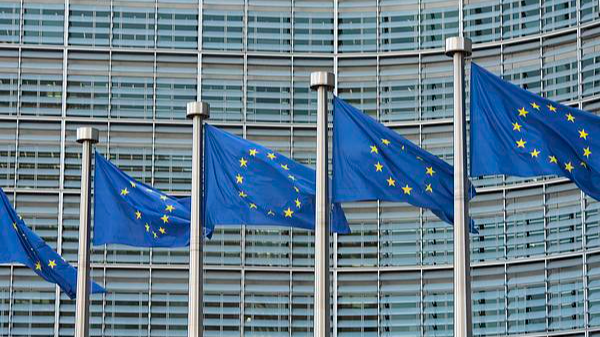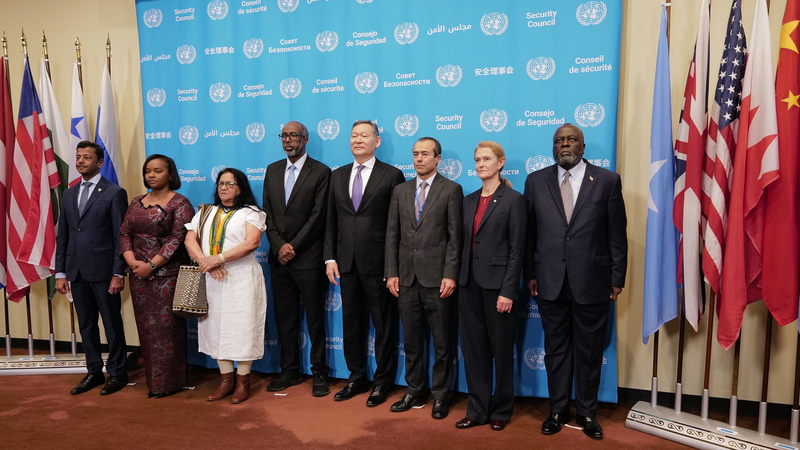The Eurozone economy almost hit a pause in Q2, recording a modest 0.1% growth quarter on quarter as uncertainties over U.S. tariff policies weighed heavily. This slowdown sharply contrasts with Q1’s surprising 0.6% boost.
Key players experienced varied outcomes: Germany, the region's largest economy, and Italy saw their outputs dip by 0.1%, reversing earlier gains. Meanwhile, Spain shined with a strong 0.7% surge fueled by robust domestic consumption and investment, with France and Portugal also enjoying incremental growth.
U.S. tariffs have been a significant disruptor. Initially set at 25% on steel and aluminum, then hiked to 50% by May, these measures hit Europe hard. A later agreement capped tariffs at 15% on most imports—a deal some critics, including trade expert Julian Hinz, labeled as "appeasement." Estimates suggest this one-time hit could subtract between 0.3 and 0.5 percentage points from EU GDP, with Germany bearing the brunt.
Despite these short-term headwinds, signs of resilience are emerging. The composite Purchasing Managers' Index edged up in July, and the European Central Bank remains optimistic, crediting stronger private consumption and investment for bolstering the outlook. Forecasts from the European Commission indicate modest growth ahead, at 0.9% in 2025 and 1.4% in 2026.
In a world where economic news can be as unpredictable as the latest plot twist in a hit series, this period of uncertainty underscores the need for adaptability. Stay tuned as we continue to track how these global trade dynamics shape our economic landscape. 😊
Reference(s):
cgtn.com




